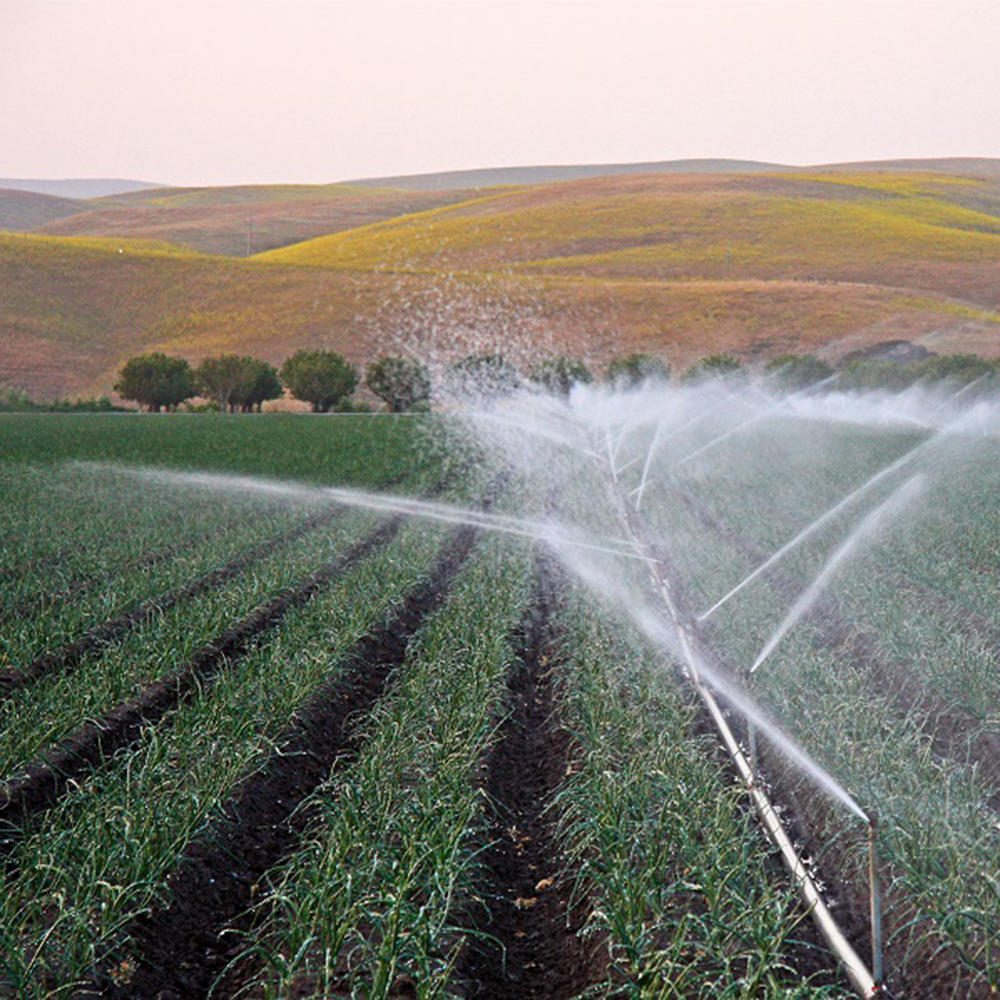Water rights in California are split into pre- and post-1914 categories with pre-1914 and riparian rights given supremacy over post-1914 rights. The pre-1914 and riparian rights are largely for surface water withdrawals – effecting streams, rivers, and tributaries throughout the state. In recent years, activists have called for a total overhaul of California’s water rights system. SB 389 is considered by some to be a first step in that direction.
Water rights systems in every state are convoluted and complex. California’s systems are no different than anywhere else in the United States. When looking at SB 389, consideration should be given to centralizing authority over the entire state’s water supply to a single board entirely appointed by the governor. Supporters of SB 389, and failed bills AB 460 and AB 1563, suggest making the water resources board’s authority more explicit will embolden the board to use its powers more often.
However, among the water right holders with pre-1914 permits are cities, individual landowners, and irrigation districts serving customers that include farms. The water resources board has already demonstrated a bias against rural and agricultural interests in its recently proposed water conservation plan – “Making Conservation a California Way of Life” – which would short-change farms, ranches, and rural communities of the water they need. The enhanced ability to “investigate” the validity of the water rights of those same groups potentially adds fuel to the regulatory fire.
Furthermore, there is nothing in SB 389 beyond investigative authority. In that sense, SB 389 is, legislatively speaking a scare tactic. Proponents say the bill strengthens the authority of the water resources board but, what the bill really does is unnecessarily frighten people.
California has asked, cajoled, fined, and employed virtually every other tactic under the sun to get the residents of the state to comply with one request: use less water in their daily lives. When all those actions failed, legislators and state agencies pivoted to blanket mandates like “Making Conservation a California Way of Life” and legislative “fixes” like SB 389 that don’t represent a substantial change in the law.
If California wants to fix its water woes, now is the time to invest in infrastructure to capture rain and snow run-off when it is available. The state would also realize a significant water savings by incentivizing switches to drought-tolerant domestic landscaping and the abandonment of private pools. The continued focus on agricultural and rural environments means more waste of dollars, water, and time.
Pam Lewison is the Director of Agriculture Research at the Washington Policy Center and a Pacific Research Institute fellow. She co-owns and operates a family farm in Eastern Washington state.

